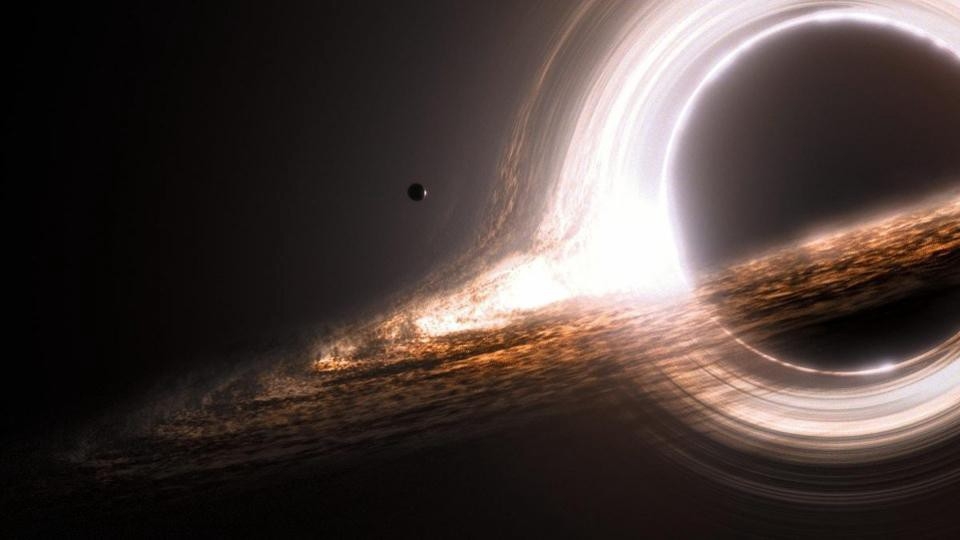2018 Will Be The Year Humanity Directly ‘Sees’ Our First Black Hole

The black hole, as illustrated in the movie Interstellar, shows an event horizon fairly accurately for a very specific class of rotating black holes. Image credit: Interstellar / R. Hurt / Caltech.
The Event Horizon Telescope has come online and taken its data. Now, we wait for the results.
Black holes are some of the most incredible objects in the Universe. There are places where so much mass has gathered in such a tiny volume that the individual matter particles cannot remain as they normally are, and instead collapse down to a singularity. Surrounding this singularity is a sphere-like region known as the event horizon, from inside which nothing can escape, even if it moves at the Universe’s maximum speed: the speed of light. While we know three separate ways to form black holes, and have discovered evidence for thousands of them, we’ve never imaged one directly. Despite all that we’ve discovered, we’ve never seen a black hole’s event horizon, or even confirmed that they truly had one. Next year, that’s all about to change, as the first results from the Event Horizon Telescope will be revealed, answering one of the longest-standing questions in astrophysics.
See full text